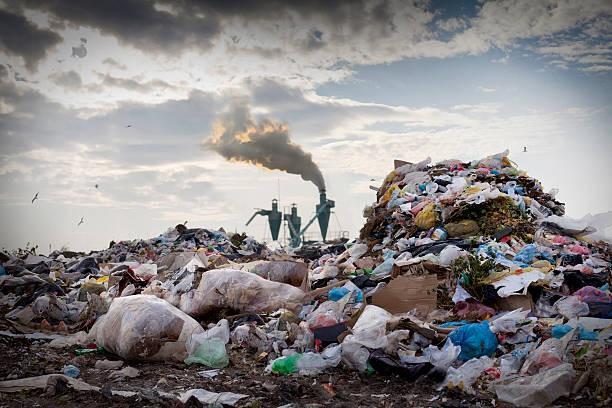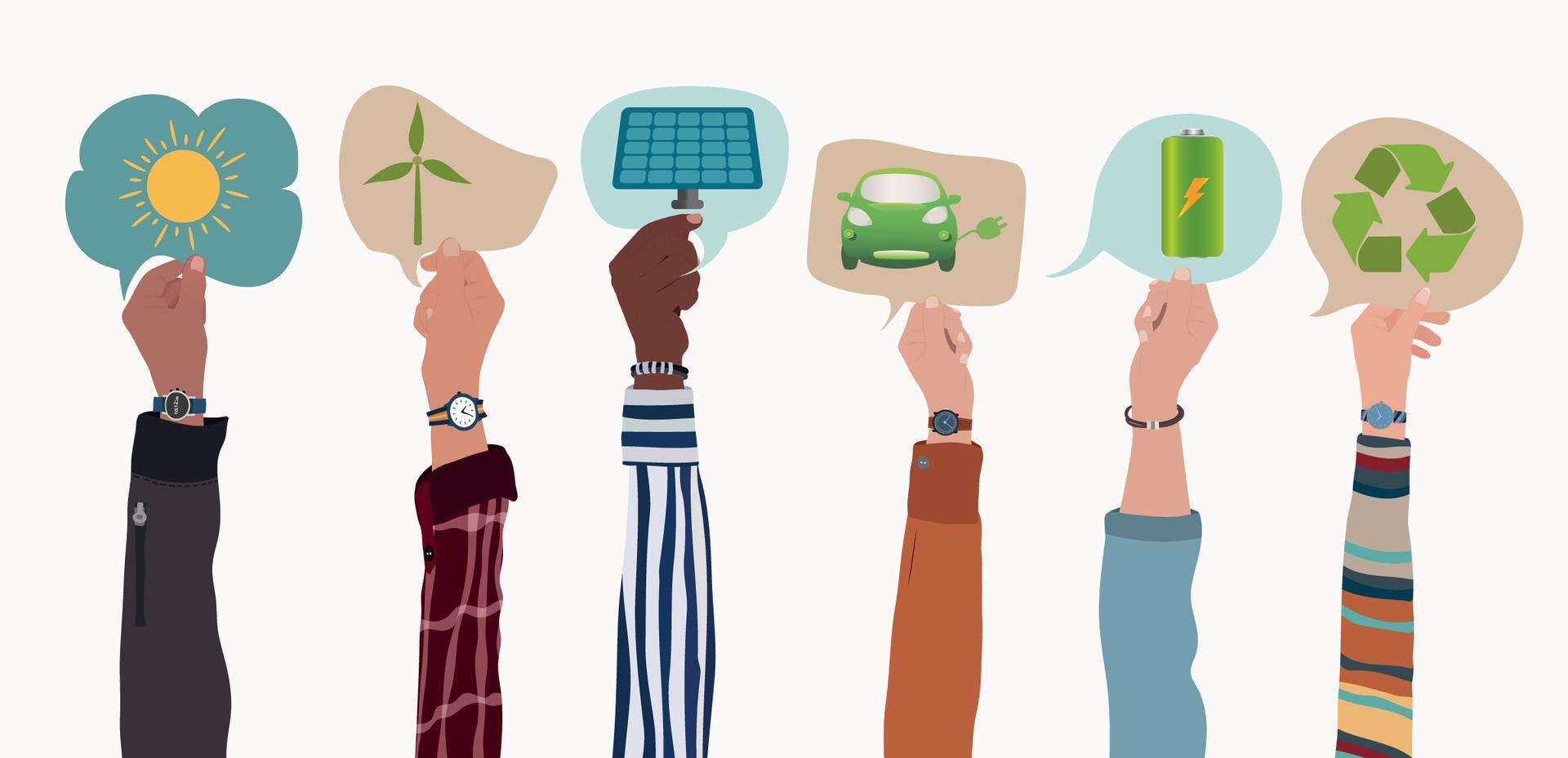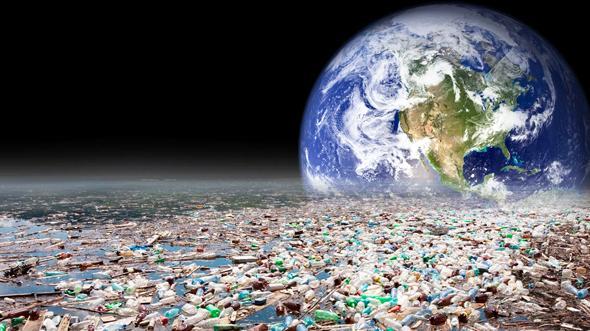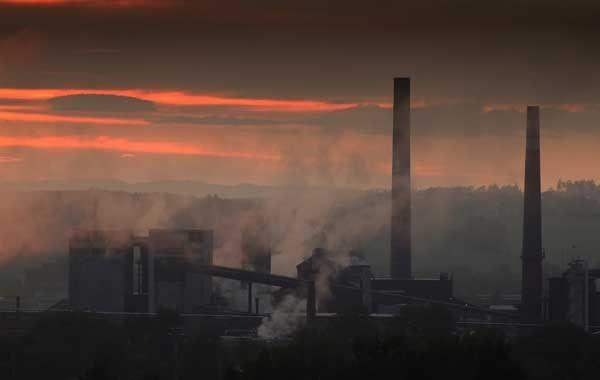Did you know? The World Health Organization estimates that climate change will cause approximately 250,000 additional deaths per year between 2030 and 2050. Rising temperatures facilitate the spread of infectious diseases.
Environmental changes amplify disease risks in humans and animals. Climate change may lead to future pandemics. Scientists warn of increased pathogen exposure due to global warming.
Biodiversity Loss Amplifies Health Threats

Human activities contribute to biodiversity decline. Loss of species diversity makes diseases spread easier. Non-native species introduction disrupts ecological balance.
Biodiversity loss can increase disease levels by up to nine times.
Stat: The current species extinction rate is 100 to 1,000 times higher than the natural background rate.
Vector-Borne Diseases on the Rise

Warming temperatures expand habitats for disease-carrying insects. Mosquitoes, ticks, and other vectors thrive in changing climates. This expansion increases human exposure to various pathogens.
Vector-borne diseases account for more than 17% of all infectious diseases.
Historical fact: The first major epidemic of dengue fever occurred in the Philippines in 1953-1954.
Indigenous Communities Face Greater Risks

Biodiversity loss disproportionately affects Indigenous peoples. It threatens their food and water supplies. Loss of land impacts traditional ways of life.
Indigenous communities face increased disease risks due to environmental changes.
Stat: There are approximately 476 million Indigenous people worldwide, representing 5% of the global population.
Pandemic Potential Grows with Environmental Change

Human-caused environmental problems increase pandemic risks. COVID-19 exposed humans to new pathogens. Future pandemics may arise from environmental modifications.
Scientists urge attention to the link between environment and disease.
Did you know? There have been at least six major cholera pandemics since 1817.
Warming Planet Worsens Known Pathogens

A 2022 study predicted worsening effects for 60% of known pathogens. Rising temperatures create favorable conditions for disease spread.
Climate change impacts pathogen survival and transmission. Healthcare systems may struggle with increased disease burden.
United States Unprepared for Disease Spread

The U.S. faces challenges in handling growing disease threats. Healthcare infrastructure may be overwhelmed by vector-borne diseases.
Climate change exacerbates existing health disparities. Preparedness plans need updating to address climate-related health risks.
Historical fact: The 1918 influenza pandemic infected about one-third of the world’s population.
Technological Solutions Show Promise

Innovations aim to address climate and disease challenges. A startup explores long-term air pollution storage methods.
Genetically modified mosquitoes could combat disease-spreading species. Technology plays a crucial role in mitigating environmental health risks.
Individual Actions Can Make Difference

Personal choices impact biodiversity and climate change. Changing lawn and garden practices can strengthen local ecosystems. Reducing carbon footprint through transportation choices helps.
Small individual actions collectively contribute to larger environmental improvements.
Did you know? An average lawn absorbs about 6 times less carbon than the same area of natural forest.
Public Transit Reduces Carbon Emissions

Using public transportation decreases individual carbon footprints. It reduces air pollution and greenhouse gas emissions. Public transit promotes sustainable urban development.
Increased use of public transport can significantly impact climate change mitigation.
Stat: A full bus can take 40-50 cars off the road, reducing carbon emissions by up to 75%.

